Connector life is a measure of connector performance reliability of the primary indicators, as people on the failure of electronic products performance requirements continue to increase, the connector design to improve the service life of a design-oriented. In addition, the intensification of market competition also requires designers to find suitable materials in the non-expensive alloys to reduce the cost of the connector. In many cases, the combined result of these trends makes the operating characteristics of the copper alloy of the connector closer to its performance limit.
The initial contact force is an important factor in connector design and material properties. Since the elastic deformation is converted into plastic deformation in the contact member, the stress release causes a decrease in the contact force. If the contact force is lower than a critical level, the contact will fail. Therefore, predicting the stress release as a function of time and temperature naturally becomes a key factor in ensuring the reliability of the connector. The following Hao-long e-detail stress release test to predict the life of the connector-related issues.
Stress release data is an effective tool for designers to predict the service life of electronic connectors and to make decisions about the choice of contact material based on existing data. These data are now widely used in the computer, communications and automotive electronics industries. At present, the product life cycle data is very scarce, especially in the computer field. Not only that, it's also a more useful piece of data for shortening product development cycles and expiration dates.
Most connector designers use stress relieving data primarily to narrow the choice of contact material to suit the application requirements. However, many designers are also seeking appropriate test methods to more accurately predict the characteristics of connector life. This greatly reduces the number of samples required for the test and the associated costs associated with testing a large number of samples.
Automotive connectors in harsh environments and in hoods are currently designed with 3 or 1 design requirements, while the operating temperature of next-generation automotive connectors is expected to increase. However, most non-automotive connectors do not seem to need to maintain their stability under the above conditions. However, the high density connector requires a low initial engagement force, which, in turn, reduces the amount of stress release. This makes stress relief an important feature even at lower temperatures.
The standard measurement times required for test data pertaining to a particular application are generally difficult to determine accurately. At the desired operating temperature, the test time between 1000h and 3000h can be used to evaluate the characteristics of automotive electronics products. There are indications that there is a growing concern about the 3000h outside the 3000 ~ 5000h (equivalent to 150,000 miles of life) of the characteristic data. The extrapolation of the test data (without considering the variation of the inclination) may lead to an over-estimation of the life of the contact and a corresponding increase in the overestimation with the lapse of time. Semi-logarithmic graphical representation of data at a particular temperature is currently the most widely used and needs the most urgency. This is also the easiest way to compare the various materials for a particular application. It should be emphasized, however, that the projected data should be carefully examined and the possibility of eventual over-estimation of life expectancy noted.
In the stress release test, the following conclusions were drawn:
(1) The factors that contribute to the performance of the connector to the alloy performance limit may also continue to exist. This indicates that accurate prediction of stress release is the key to connector design.
(2) When the stress as a test function of the time, often find the slope has changed. Therefore, the test time should be a little longer in order to obtain this characteristic.
(3) When the measured data and the temperature there is a certain correlation, the existing data linear extended to a longer test time is very useful. In addition to the shortcomings, when the test time exceeds the specified, sometimes a slope transition occurs, but also at other temperatures can not predict its performance.
(4) The Larson-Miller parameter is useful when plotting data curves at various temperatures in a single plot. This method is also extremely useful for predicting the performance of materials between the temperature of the completed and expected short-term tests and to simulate the long-term performance of the material. However, if the test temperature range is exceeded, it can not be used to calculate.
(5) the two methods can be combined, in order to carry out recheck the estimated value.
(6) Copper strip rolling can simulate the manufacture of connectors, its role and C7025 and C17410 performance of the opposite.
(7) the data obtained by the strip has some limitations, since bending is done in the connector manufacturing process, so it does not reflect any negative impact.



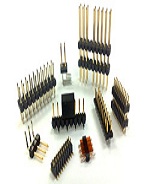 Pin Header Series
Pin Header Series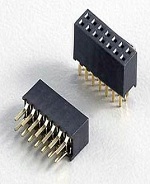 Female Header Series
Female Header Series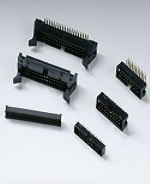 Jane cattle horns & Products
Jane cattle horns & Products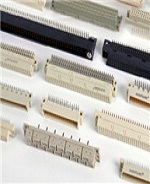 Continental Connector DIN41612
Continental Connector DIN41612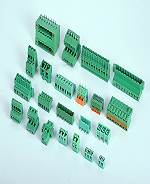 Terminal Block Products
Terminal Block Products Other Products
Other Products